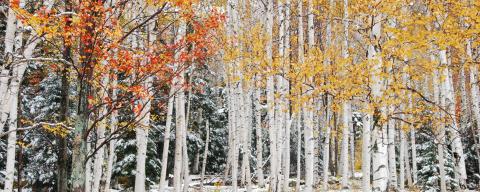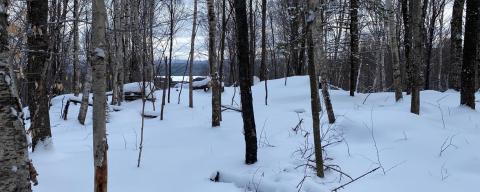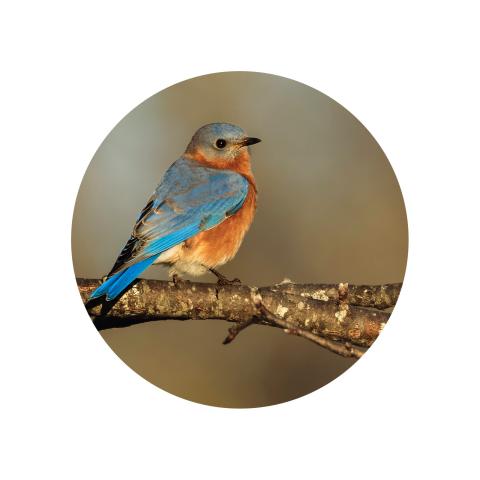Managing your Forest Land for a Healthy Forest
This is typically the month that presents the ‘Dog Days of Summer’ with the hot, hazy, and humid conditions. The way that our weather has developed so far this season, I don’t believe anything is a guarantee. As most, if not all, of you now know, as your County Forester I am here to answer questions about the who, what, where, when, how and why of managing your woodland. We talked some about managing for wildlife in a previous edition, so thought we would chat about other reasons for managing your forest properties. As I begin the discussion during the initial visit, most of the time the first reason for owning and managing your forest land is for wildlife. The next most popular reason is for ‘a healthy forest.’ Now a healthy forest is truly in the eyes of the owner. Everyone has their own vision for what their healthy forest should look like. So, we start there. A healthy forest may be one where the better growing, healthier looking, Sugar Maple trees are opened up a bit to allow them to continue to prosper as a potential site for a maple sugaring operation.
A healthy forest may also be where the larger, more mature trees are removed to allow the younger trees, Sugar Maple, Yellow Birch, Red Maple, to grow and fill in the space that remains, instead of continuing to fight for nutrients and sunlight beneath the bigger crown.
Another application may be to encourage the growth of a stand of White Birch that is located on the property. This would involve removing the competing trees to allow the birches to have uninhibited access to sunlight. That is important because the birches are very intolerant to shade and thrive in full sunlight.
So, as you can see, there are many thoughts, views, opinions about what a ‘healthy forest’ truly is. The ‘correct’ answer is up to the landowner and your goals, objectives, and desires for the property. In most cases, managing for both of your top priorities, wildlife, and a healthy forest, are very possible and work hand in hand with each other. As your County Forester, I certainly am able to help with some options, practices, and steps to take based on what your forest land presents to us, and what your vision is for the ownership.
Have a question about your woods? Contact your Extension County Forester today!
Do you love learning about stuff like this? Subscribe to the NH Woods & Wildlife Newsletter.
A quarterly newsletter providing private woodlot owners in New Hampshire with woodlot management news, pest updates, resources, and more.




